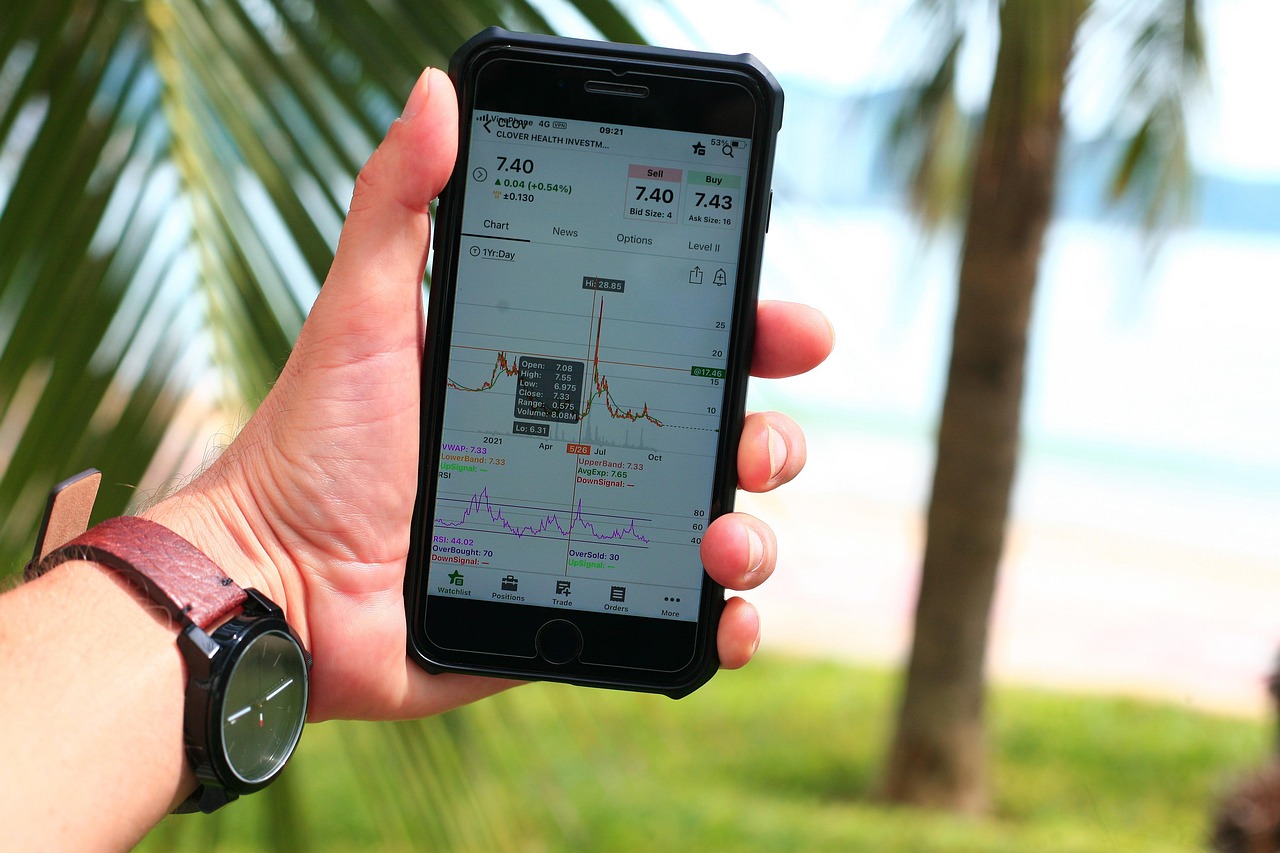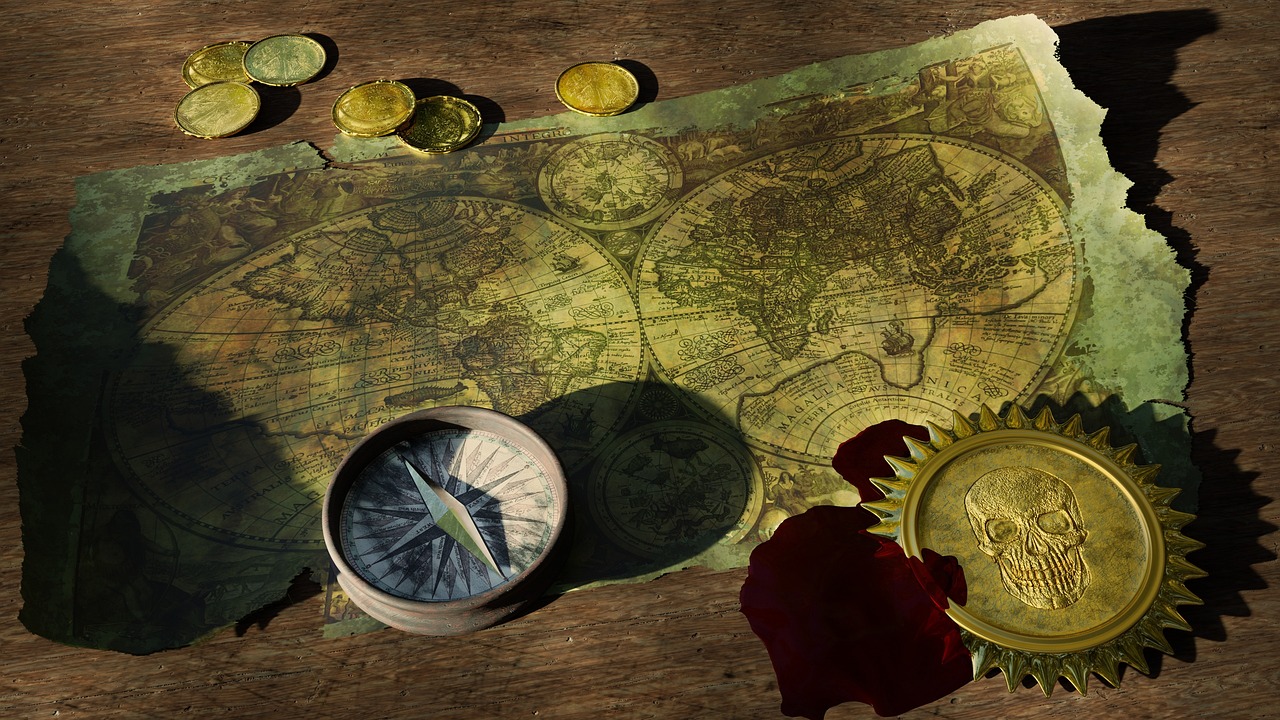Navigating the Future: NFT Urban Planning Visualizations

In recent years, the buzz surrounding NFTs, or non-fungible tokens, has permeated various sectors, including art, music, and real estate. As a unique digital certificate stored on a blockchain, NFTs have found a novel application in urban planning visualizations. This intersection of technology and urban development presents new opportunities for planners, architects, and policymakers to engage with urban landscapes in unprecedented ways.
The integration of NFTs into urban planning visualizations is not merely a futuristic concept but a burgeoning reality. Harnessing the power of blockchain technology, NFTs facilitate the creation, sharing, and ownership of digital assets, which can encompass detailed 3D models of urban developments. These visualizations serve as powerful tools, enabling stakeholders to explore, analyze, and collaborate on urban projects with enhanced transparency and security.
One of the significant advantages of employing NFTs in urban planning is the ability to create immutable and verifiable records of urban design iterations. Unlike traditional digital models that can be easily altered or duplicated, NFT-based visualizations provide a secure ledger of changes and ownership, reinforcing accountability and trust in collaborative environments. This aspect is particularly crucial for public projects where multiple entities are involved.
Globally, cities are beginning to recognize the potential of NFT visualizations in urban planning. For instance, cities in the United States and Europe are experimenting with NFT models to streamline public consultations and incorporate community feedback more effectively. By offering an interactive and visually engaging platform, NFT visualizations enable citizens to experience proposed changes in their neighborhoods, fostering a more inclusive approach to urban development.
Moreover, the application of NFTs extends beyond visualization to encompass the monetization of urban planning assets. Urban developers and architects can tokenize their designs, offering limited digital editions as NFTs. This not only provides a new revenue stream but also incentivizes innovation and creativity in urban design. However, such commercialization must be balanced with ethical considerations and the equitable sharing of benefits, especially in public projects.
While the potential of NFT urban planning visualizations is immense, challenges remain in terms of scalability, accessibility, and environmental impact. The energy consumption associated with blockchain technology, particularly proof-of-work systems, has raised concerns among environmentalists and policymakers. As a result, there is a growing impetus to explore more sustainable blockchain solutions, such as proof-of-stake, to mitigate these impacts.
Furthermore, the integration of NFTs into urban planning necessitates a paradigm shift in how stakeholders approach digital assets. Technical literacy and blockchain expertise are becoming increasingly essential for urban planners and architects. Educational initiatives and cross-disciplinary collaborations are crucial to ensure that these professionals can effectively leverage NFTs in their work.
In conclusion, NFT urban planning visualizations represent a transformative development in the realm of urban design and development. By combining the security and transparency of blockchain technology with the creative possibilities of digital modeling, NFTs offer a new frontier for exploring and shaping urban environments. As cities worldwide continue to evolve, embracing these digital innovations will be key to fostering sustainable, inclusive, and forward-thinking urban landscapes.
- Key Benefits of NFT Urban Planning Visualizations:
- Enhanced transparency and accountability in urban projects
- Interactive and inclusive public consultation processes
- New revenue streams through the monetization of digital assets
- Challenges to Address:
- Environmental impact of blockchain technology
- Need for technical literacy among urban planners
- Balancing commercialization with ethical considerations
As the intersection of NFTs and urban planning continues to evolve, it will undoubtedly shape the cities of tomorrow, marking a significant milestone in the journey toward digital urban futures.














